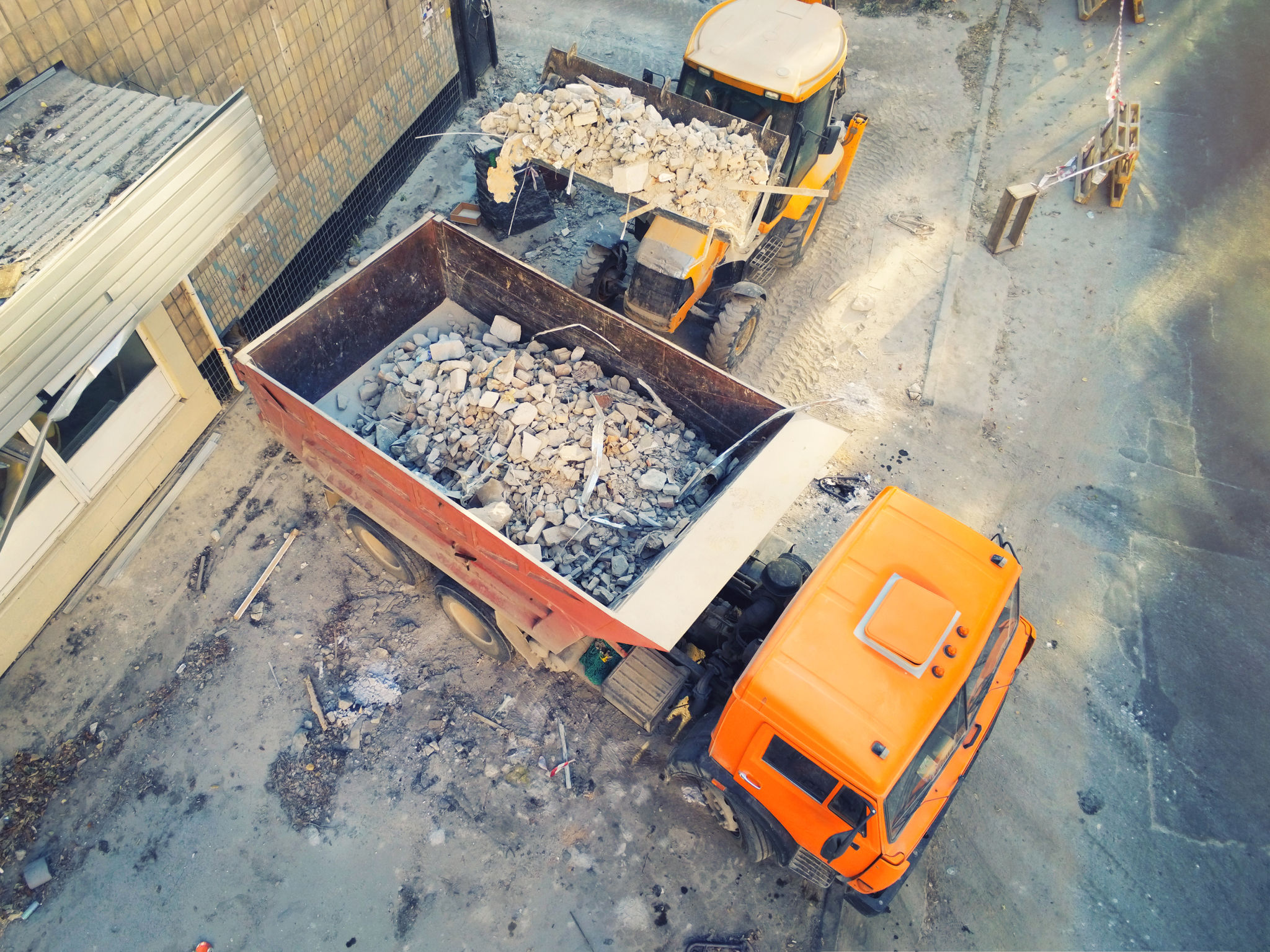How to Safely Handle Hazardous Waste Removal in London
Understanding Hazardous Waste
Handling hazardous waste requires a thorough understanding of what constitutes such materials. In London, hazardous waste can include anything from chemicals and solvents to batteries and electronic waste. These materials are classified as hazardous because they pose potential risks to human health and the environment if not managed properly. It's crucial to identify these substances correctly before attempting any removal process.
To ensure proper identification, consider consulting the Material Safety Data Sheets (MSDS) or labels that accompany these products. These resources provide essential information about the nature of the waste and any associated risks. Understanding these details will guide you in choosing the correct handling and disposal methods.

Regulations and Compliance
One of the most important aspects of hazardous waste removal is adhering to local regulations and compliance standards. In London, the Environment Agency is responsible for overseeing the safe disposal of hazardous waste. Businesses must register as waste producers and adhere to specific guidelines for storage, transportation, and disposal.
Failing to comply with these regulations can result in significant fines and legal repercussions. It's advisable to stay updated with the latest regulations and ensure that all processes are documented accurately. Regular training for staff involved in waste management is also recommended to maintain compliance and safety.
Choosing a Licensed Waste Carrier
When it comes to transporting hazardous waste, it's crucial to partner with a licensed waste carrier. These carriers are authorized by the Environment Agency to handle and transport hazardous materials safely. Verify that your chosen carrier holds a valid license and has a track record of compliance with regulations.

Safe Handling Practices
The safe handling of hazardous waste begins with proper personal protective equipment (PPE). Depending on the type of waste, this may include gloves, masks, goggles, and protective clothing. Ensuring that all personnel involved are adequately equipped is a fundamental step in maintaining safety.
Furthermore, it's essential to implement proper storage solutions. Hazardous waste should be stored in clearly labeled, secure containers designed to prevent leaks or spills. It's important to keep different types of waste separate to avoid any dangerous reactions.
Emergency Preparedness
Even with the best precautions in place, accidents can happen. Therefore, having an emergency response plan is vital. This plan should include procedures for dealing with spills or exposure incidents, as well as contact information for emergency services and local authorities.

Disposal Methods
Once hazardous waste is ready for disposal, selecting the appropriate method is crucial. Common disposal methods include incineration, chemical treatment, or secure landfill burial. Each method has its own set of guidelines and is suitable for different types of waste.
Consulting with experts or waste management companies can help determine the most effective disposal strategy for your specific needs. Always ensure that disposal methods align with legal requirements and best practices for environmental protection.
Conclusion: Commitment to Safety
Handling hazardous waste in London demands a commitment to safety and compliance. By understanding the nature of hazardous materials, adhering to regulations, employing licensed carriers, and implementing safe handling practices, you can effectively manage hazardous waste removal. Remember, protecting human health and the environment should always be the top priority.